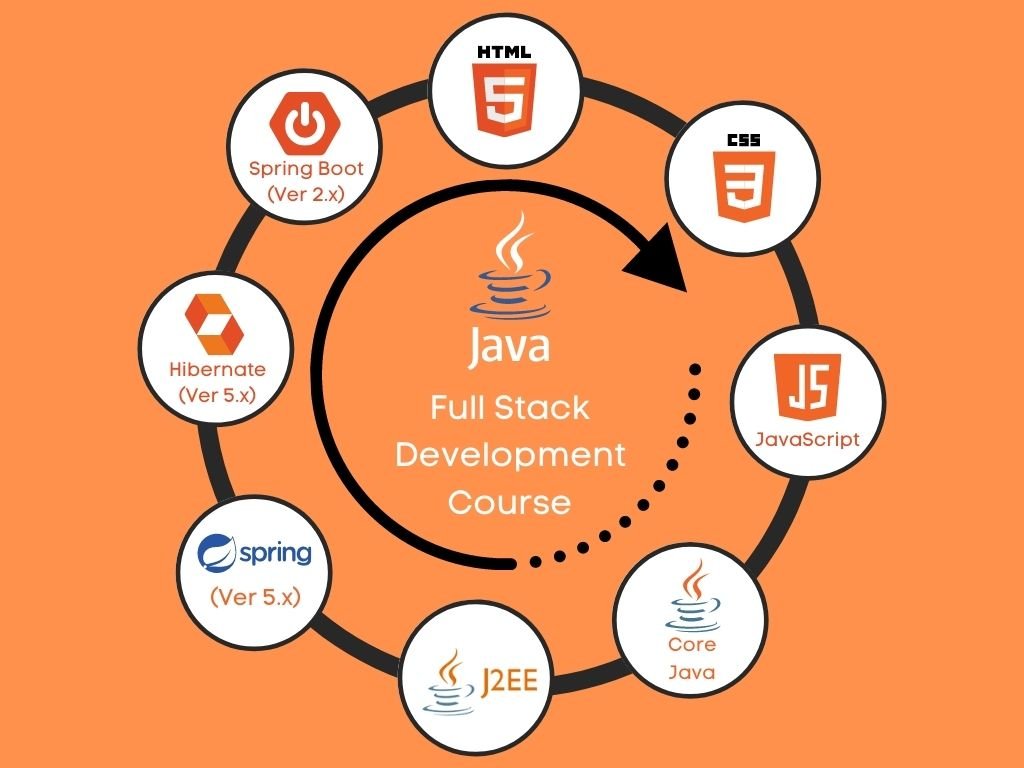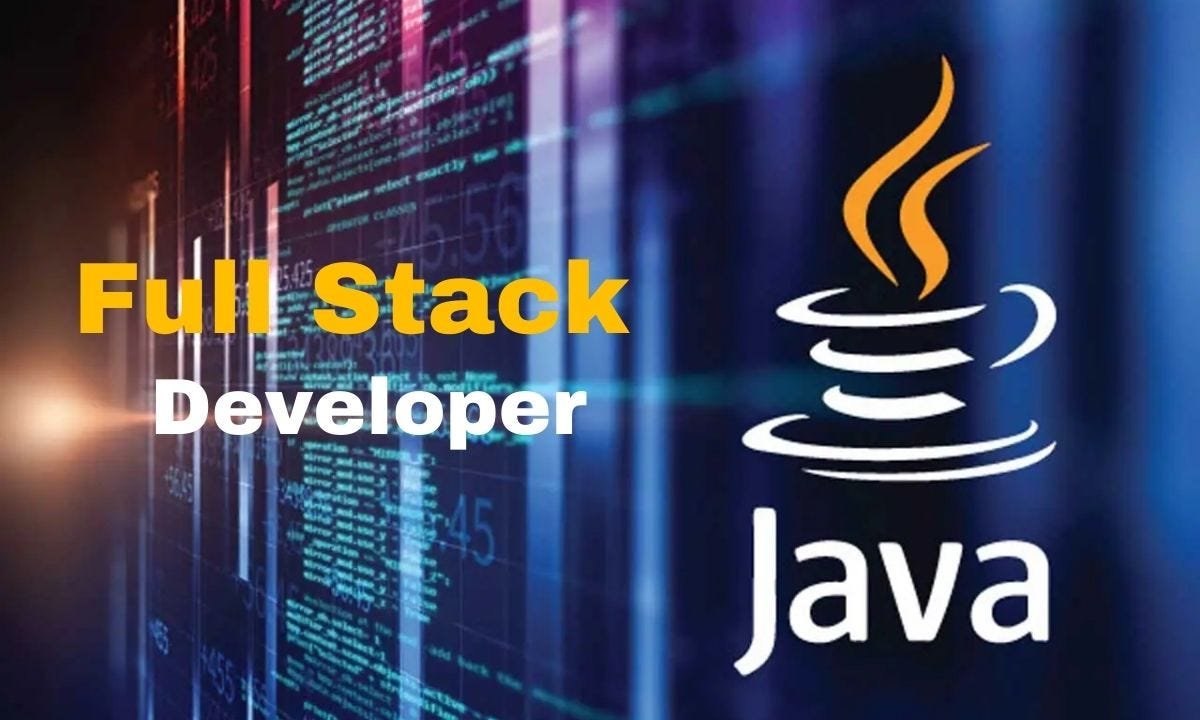Explore the realm of web applications by considering a role as a full-stack Java developer. Discovering how to embark on this career path can assist in evaluating its suitability and identifying the requisite skills for success. This article delineates the role of a full-stack Java developer, outlines the path to becoming one, and highlights the key skills commonly associated with developers in this field. Whether navigating career choices or aiming to enhance your skill set, understanding the fundamentals of a full-stack Java developer is a valuable step towards making informed decisions for a successful career in web development.
A career in Java Full Stack Development is dynamic, offering opportunities to create versatile web applications. Proficiency in front-end as well as back-end technologies is vital. Undertaking a Java Full Stack course equips individuals with comprehensive skills in Java programming, web development, and database management. Through hands-on projects and real-world scenarios, the course ensures readiness for a rewarding career, making candidates adept at building scalable, efficient, and integrated web solutions—a sought-after skill set in the ever-evolving landscape of technology and software development.
What is a full-stack Java developer?
A full-stack Java developer is a proficient web programmer utilizing the popular programming language Java. These experts code across all three layers of a web-based application: front-end, back-end, and the database layer. Front-end development encompasses designing user-interacting elements, while back-end development involves handling the data supporting visible application elements. The database layer is storage, facilitating data retrieval within the other two layers. In essence, a full-stack Java developer possesses the skills to work comprehensively across the entire spectrum of web application development, ensuring a seamless integration of design, functionality, and data management.
Job Role of a JavaFull Stack Developer
Java Full Stack Developer is a professional proficient in front-end as well as back-end technologies utilizing the Java as programming language. They design and implement user interfaces, ensuring a seamless and engaging user experience. They are responsible for developing server-side logic, managing databases, handling application integration, and ensuring system efficiency. Java Full Stack Developers contribute to the entire web application development process by filling the gap between functionality and design. Their expertise spans client-side and server-side technologies, making them essential in creating robust, scalable, and dynamic web applications that meet user expectations and business objectives.
5 Steps to become a full-stack Java developer
Learn the basics of Java
Mastering the basics of Java is foundational for a career in Java Full Stack Development. As a widely used and versatile programming language, Java is the backbone for front-end and back-end development. Understanding its syntax, data structures, and object-oriented principles is essential. Proficiency in Java empowers developers to build robust and scalable web applications, seamlessly integrating with databases and client interfaces. This foundational knowledge lays the groundwork for navigating advanced concepts, frameworks, and technologies, positioning individuals to excel in the diverse and evolving landscape of Java Full Stack Development.
Enroll in a Java full stack program
Enrolling in a Java Full Stack program is a pivotal step in constructing a successful career in Full Stack Development. Such a program provides a structured and comprehensive curriculum, covering essential skills in front-end and back-end development, database management, and relevant frameworks. Through hands-on projects and real-world applications, participants can gain practical experience and proficiency in Java—the backbone of Full Stack Development. Moreover, the program offers exposure to the latest industry trends and tools, fostering adaptability. Completing a Java Full Stack program certifies one’s skills and demonstrates commitment, making individuals highly competitive and well-prepared for the diverse challenges of Full Stack Development careers.
Explore apprenticeship opportunities
Embarking on a Full Stack Development apprenticeship is a pivotal career move. It offers hands-on experience under the guidance of seasoned professionals, providing a real-world understanding of development processes. Apprenticeships expose individuals to diverse projects, fostering adaptability and problem-solving skills. The mentorship ensures personalized learning, accelerating skill development in front-end and back-end technologies. Furthermore, apprenticeships often lead to networking opportunities and industry connections, enhancing career prospects. By combining practical experience with theoretical knowledge, a Full Stack Development apprenticeship lays a robust foundation, equipping individuals with the skills, knowledge and confidence needed for a successful career in this dynamic field.

Gain relevant experience
Relevant experience is paramount in Java Full Stack Development as it bridges theory with practical application. It instills problem-solving skills, enhances proficiency, and exposes individuals to real-world challenges. Practical exposure ensures familiarity with industry practices, frameworks, and tools, making candidates more adaptable. Moreover, it demonstrates competence to potential employers, setting candidates apart in the competitive job market. Hands-on experience is key in building a successful career in Java Full Stack Development, providing the practical foundation required for developing robust and scalable web applications.
Update your resume
Updating your email during Full Stack Development job preparation is crucial for a professional first impression. A modern, concise, and industry-relevant email reflects professionalism and attention to detail, essential qualities in the tech sector. It enhances your credibility, signaling to employers that you are tech-savvy and mindful of contemporary practices. An updated email also ensures effective communication and seamless correspondence, pivotal in creating a positive and lasting impression as you navigate the competitive landscape of Full Stack Development job opportunities.
Conclusion
Mastering the 5 essential steps outlined for becoming a Java Full Stack Developer in 2024 positions aspiring professionals to succeed in this dynamic field. Undertaking a Java Full Stack course is pivotal, offering comprehensive knowledge and practical skills vital for the evolving industry landscape. It serves as a stepping stone, providing a structured pathway to navigate the complexities of Full Stack Development. By combining theoretical learning with hands-on experience, individuals enhance their employability and ensure they are well-equipped to contribute meaningfully to the innovative and ever-changing realm of Java Full Stack Development.
